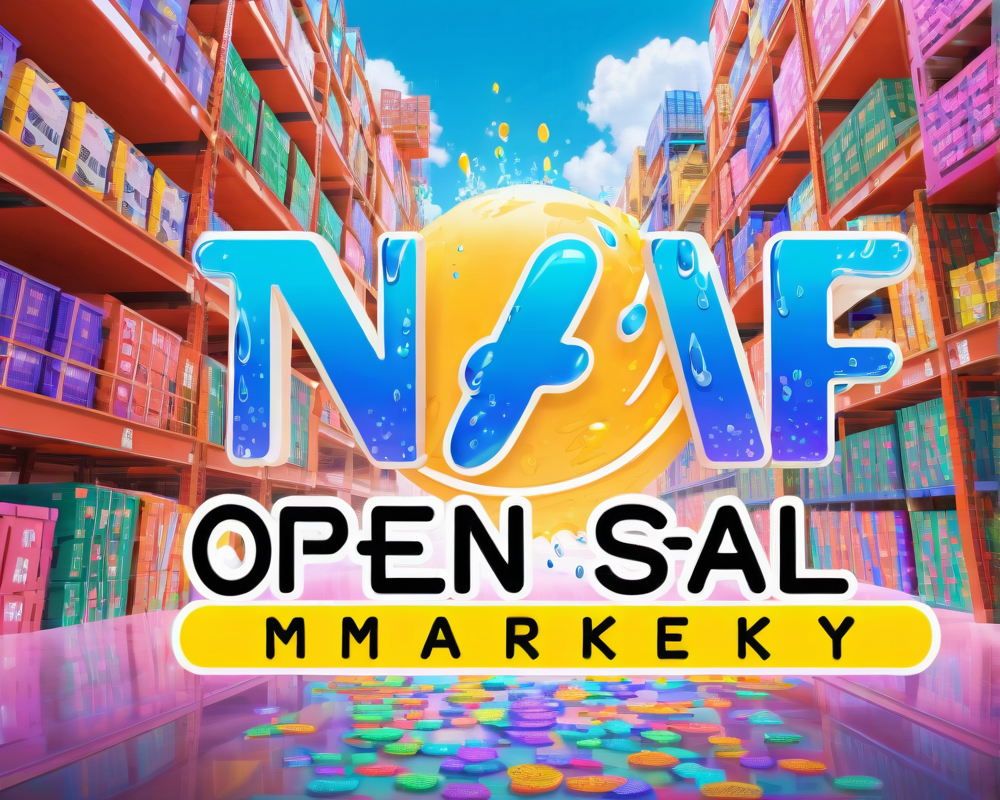Understanding the Crypto Payment Landscape
The cryptocurrency world is like that party no one wants to invite their grandparents to—full of excitement but a little confusing. Businesses are increasingly being nudged (or maybe pushed) to accept digital currencies as payments, giving them an edge in the growing market. However, there’s a catch: accepting cryptocurrency only to dump it on the market right after might not be the smartest move. Talk about a party crasher!
The Adoption Conundrum
At the surface, it seems that businesses accepting cryptocurrency should, in theory, increase its adoption. But here’s the thing—if they immediately sell the assets right back into the market, they’re just feeding the same monster. For every buyer, there’s a seller, creating a never-ending cycle. Users might wonder why they should buy crypto when they can just use good old fiat currency, leaving many scratching their heads.
Customer Attraction and Spending Power
Interestingly enough, a study from Forrester found that merchants who accepted Bitcoin attracted new customers and often saw them spending more. Yep, it turns out crypto customers are like excited puppies at the store—they tend to spend twice as much as their credit card-using counterparts. Sounds like a win-win, right?
The Risks and Realities of Adoption
It’s essential to acknowledge the dark clouds looming over the crypto landscape. Extreme volatility means that mainstream adoption is still, to put it lightly, a work in progress. Many companies might choose to convert crypto payments to cash immediately to guard against market fluctuations. As Sankar Krishnan from Capgemini puts it, if a company sells off its received cryptocurrencies right away, it sends a clear message: “I don’t believe this stuff is going anywhere!”
The Balancing Act: Liquidity vs. Stability
So, what’s the ultimate goal? Some experts argue that whether a business retains or sells the cryptocurrencies immediately hinges on their treasury strategy and risk appetite. It’s a delicate dance between liquidity and stability—one wrong step, and they could find themselves in a slushy mess of market indecision.
Third-Party Processors: The Good, the Bad, and the Ugly
To help with the chaos, third-party payment processors are swooping in like superheroes, offering businesses a way to accept cryptocurrency without diving deep into the volatile waters. Companies like BitPay help businesses stay compliant, allowing them to dedicate fewer resources to chaos and more to sales. Who doesn’t want that?
Fostering Awareness and Curiosity
As these payment options spread through both small and large businesses, awareness of cryptocurrencies grows. People start to notice—like when you finally switch to a better toothpaste and everyone can’t stop complimenting your smile. It creates a buzz, and before you know it, competitors start asking, “Hey, what’s all this crypto fuss about?”
Educating and Onboarding Consumers
The million-dollar question remains: why would consumers want to use cryptocurrencies instead of their trusty old dollars? For some, banking options aren’t available; for others, cryptocurrencies offer a delicious slice of privacy pie. Sometimes, it’s just a matter of perception. If consumers learn to see crypto as more than a novelty, adoption could genuinely take off.
A Silver Lining?
Despite the hurdles, there’s hope. Companies are tinkering with ways to allow direct crypto payments at points of sale, making transactions simpler and more accessible. Just imagine paying for a coffee with Bitcoin at your local shop—sounds futuristic, right? But in some places, it’s already happening!
The Road Ahead: Adoption or Bust?
In summary, the road to cryptocurrency adoption is bumpy and crowded, filled with twists, turns, and the occasional detour. While businesses accepting crypto can bolster adoption, it’s not the ultimate answer. Successful integration depends on educating consumers, encouraging usage, and ultimately marrying risk management with a little faith in the future. Buckle up, folks—this journey is just getting started!



